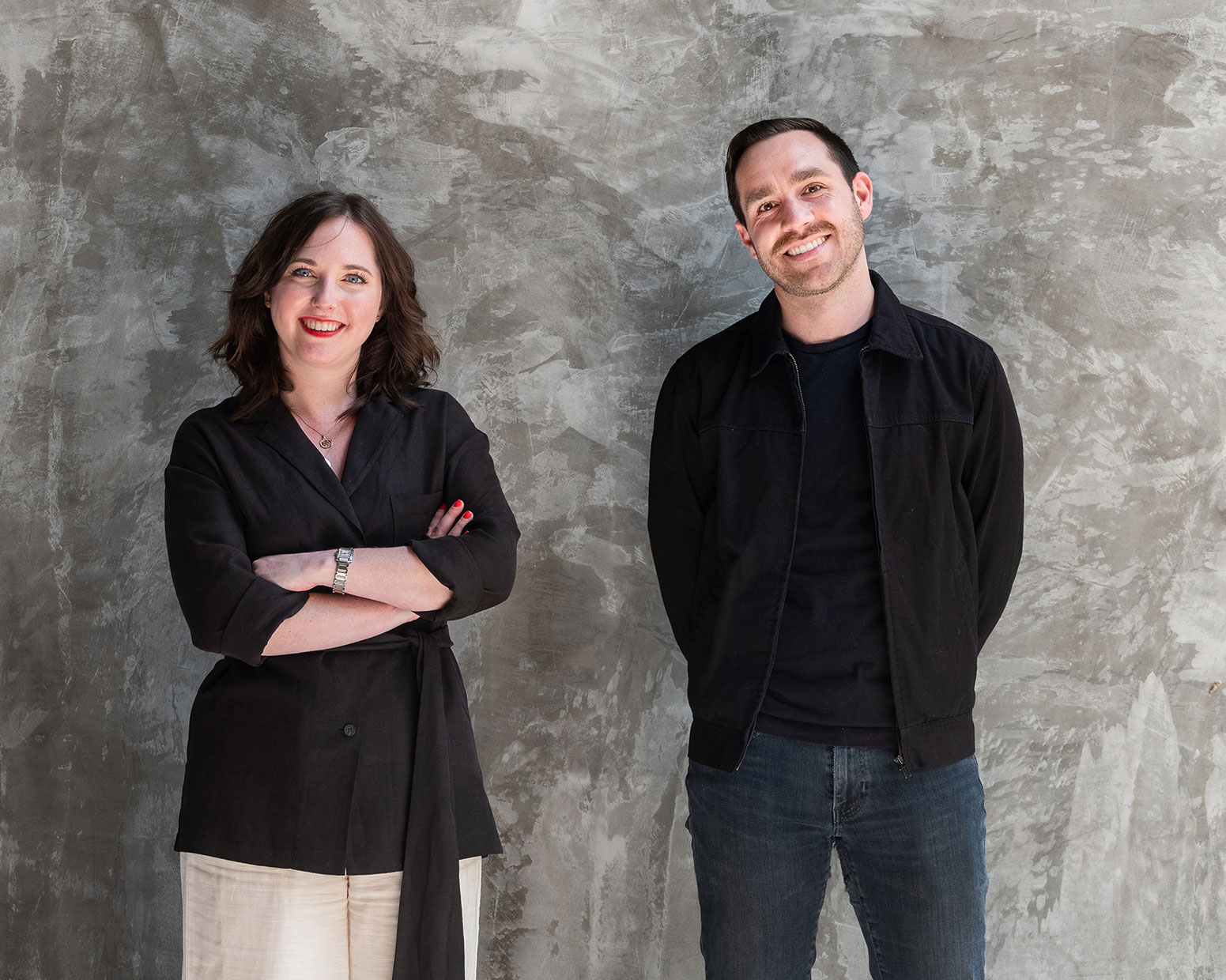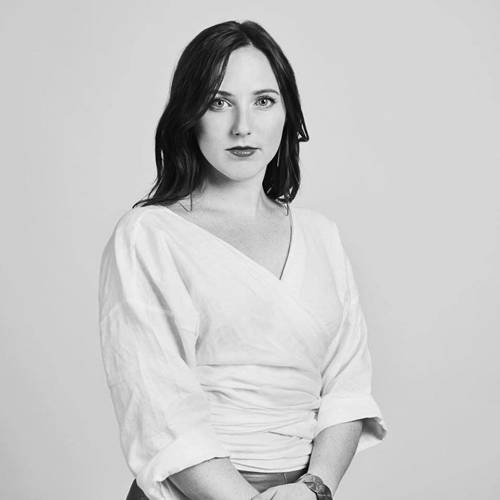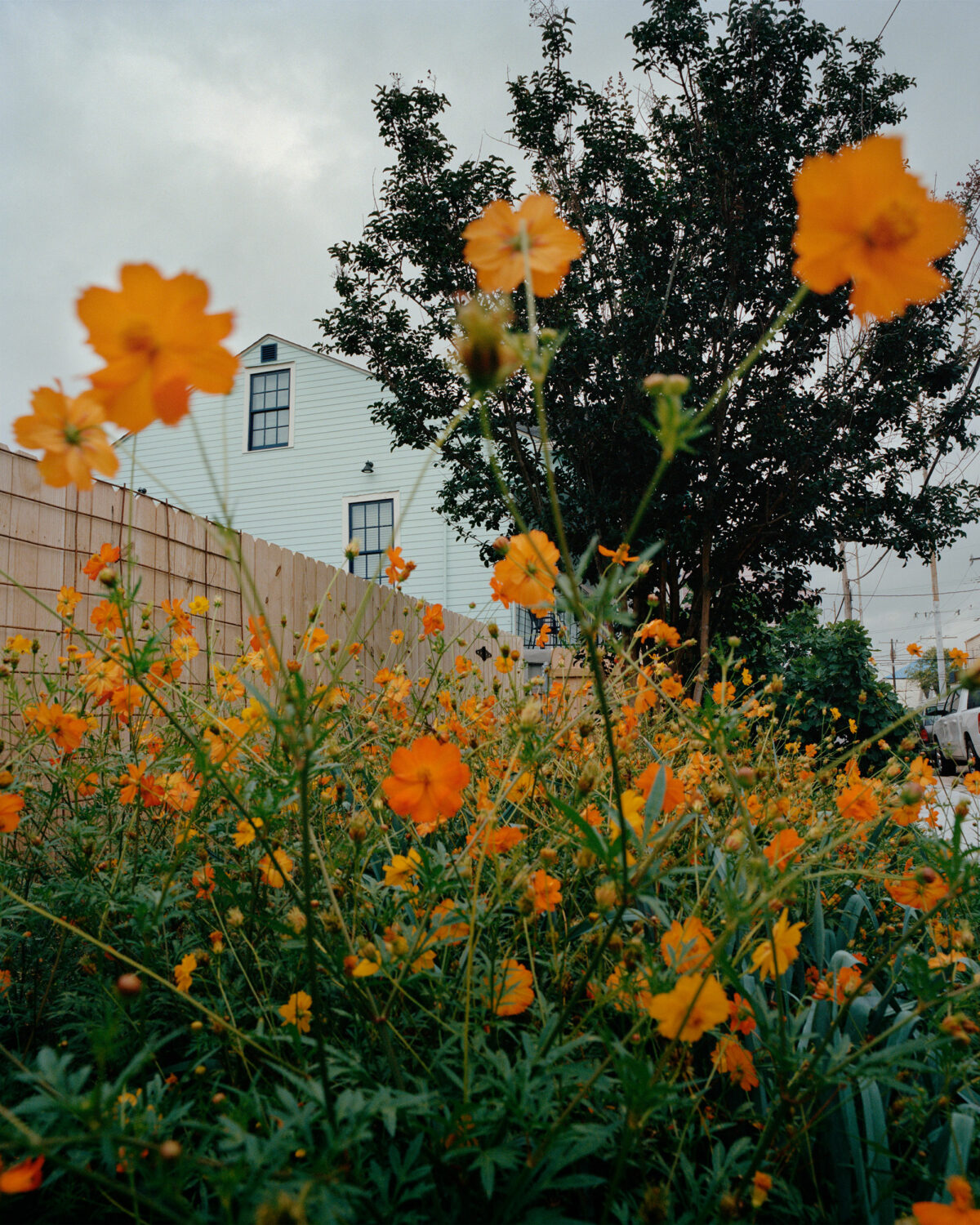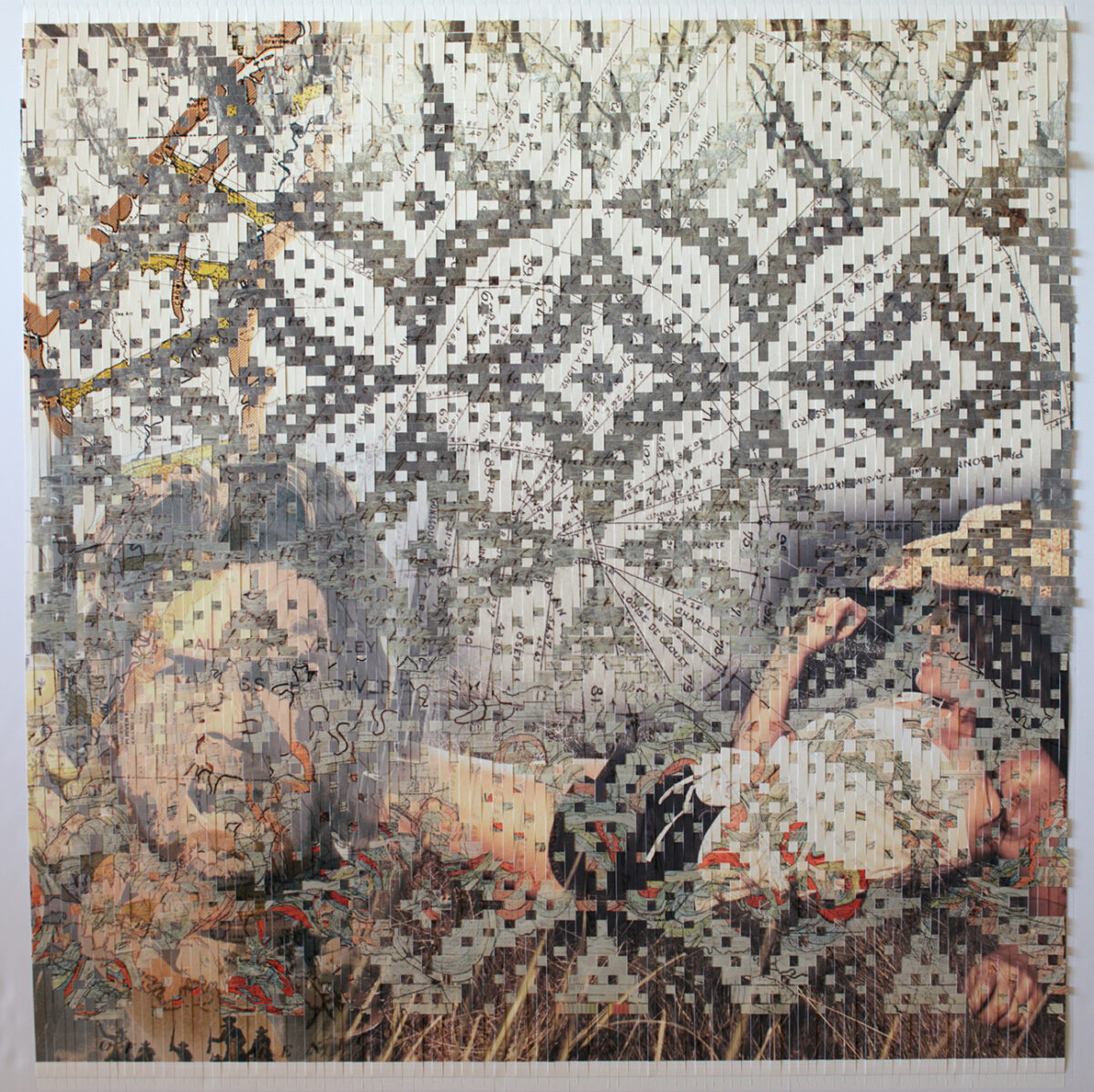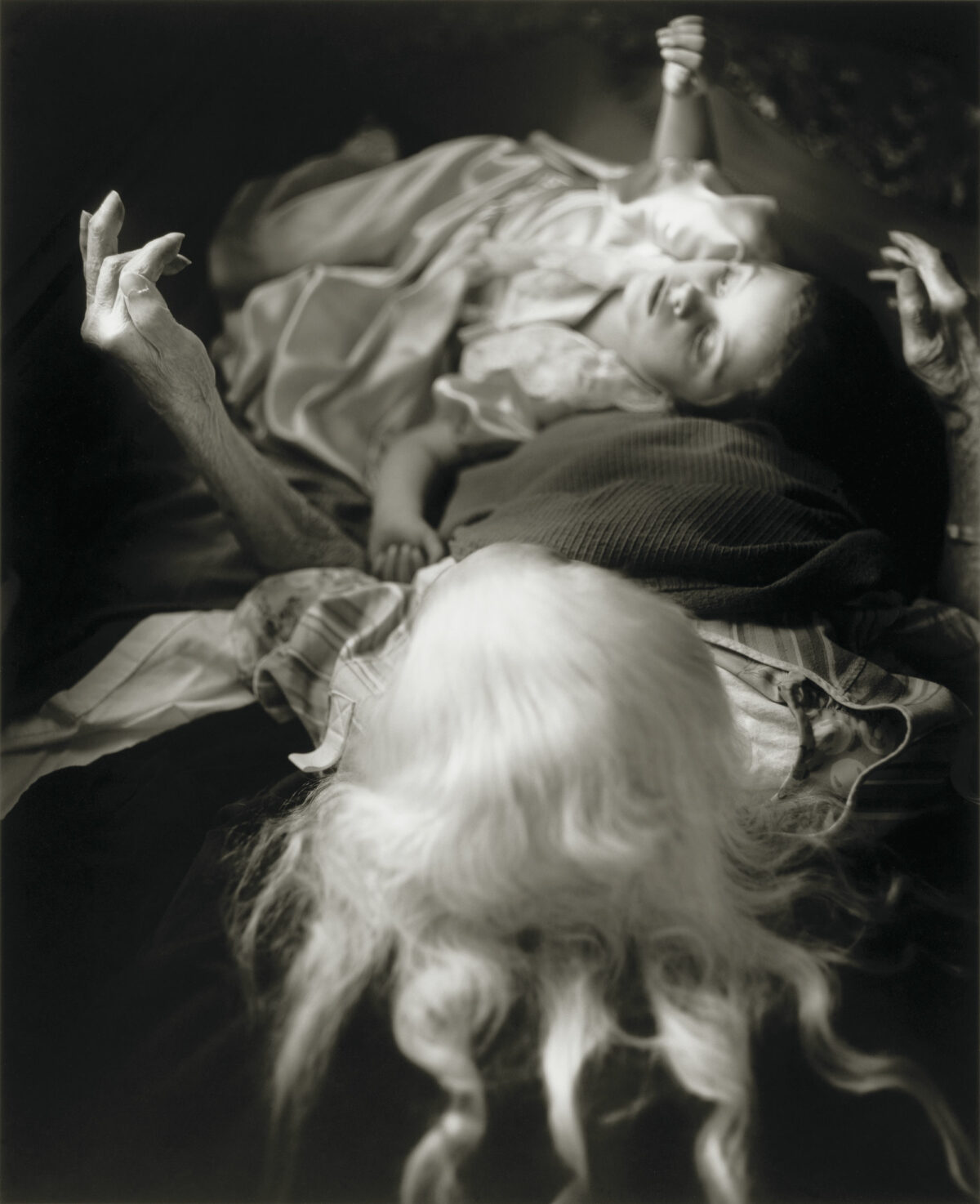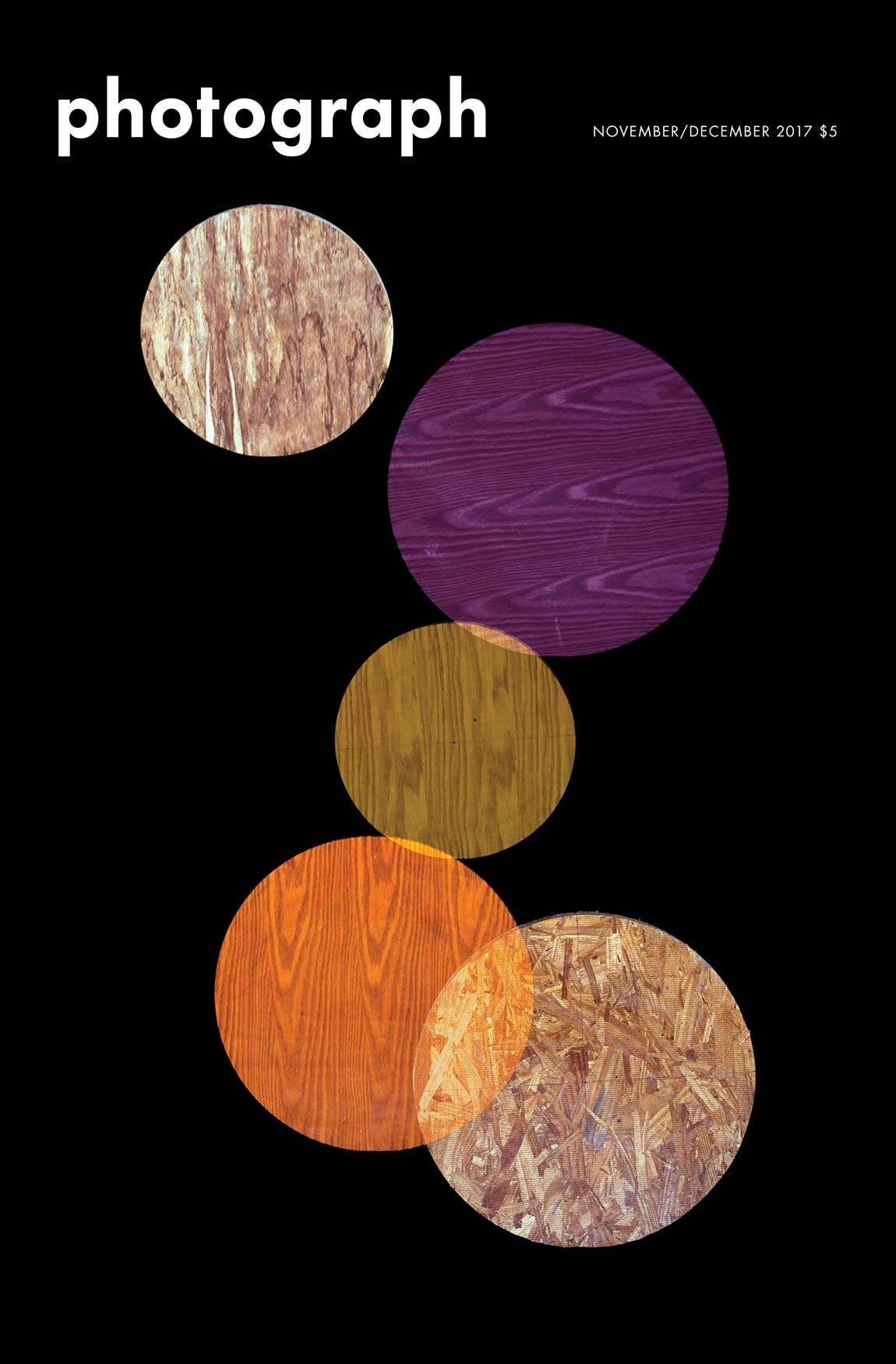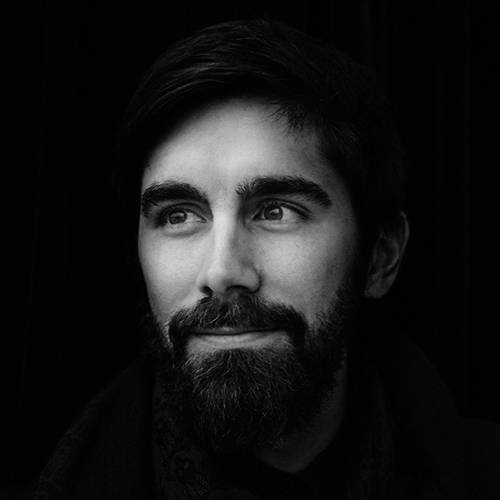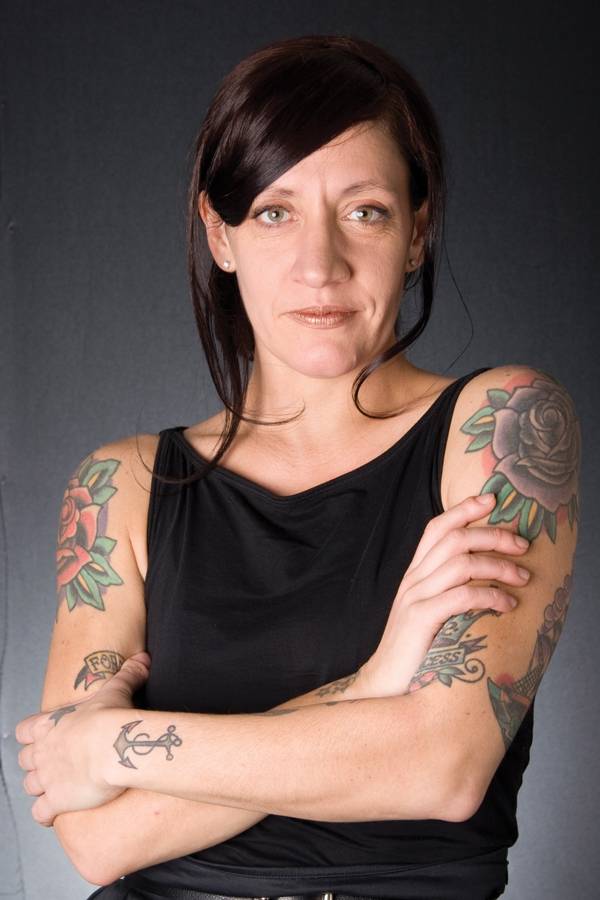Imagine you live in a grand, but really old city. Space is hard to come by, and much of the architecture is crumbling. Suddenly, a new neighborhood opens up. It is vast, gleaming, and equipped with tech amenities beyond your imagination. A lot of people are already living there; they seem nice, but they speak a crazy cryptic language. Do you move in? We are oversimplifying here, but that’s a bit like the NFT fine art market. A lot of photographers made the jump – and indeed, a lot of collectors, too – only to wonder: Where do we fit in? Who can we trust? Enter Assembly, the brainchild of Shane Lavalette (formerly of Light Work) and Ashlyn Davis Burns (formerly of the Houston Center for Photography). Assembly gives photographers representation in digital exhibitions, sales in vetted NFT purchasing platforms, connections to commercial clients and media, and they even recently opened a brick-and-mortar gallery in Houston’s Museum District. While so many galleries shuttered during the pandemic, Assembly, which started in March of 2021, has found a triple-threat (quadruple-threat?) business model that may well be changing the way photographs are bought, sold, and even made.
“Overall, our vision for what Assembly is or could be emerged from the pandemic,” says Lavalette. “We wanted to reimagine what artist representation could look like. Could it be more expansive, holistic?” Burns adds: “This is deeply rooted in our backgrounds in the non-profit world, and in our seeing the inadequacies in the for-profit sector. What we are doing is really very simple. Artists always need many revenue streams. We are bringing together the different points of their practice, and of course serving collectors as well.”
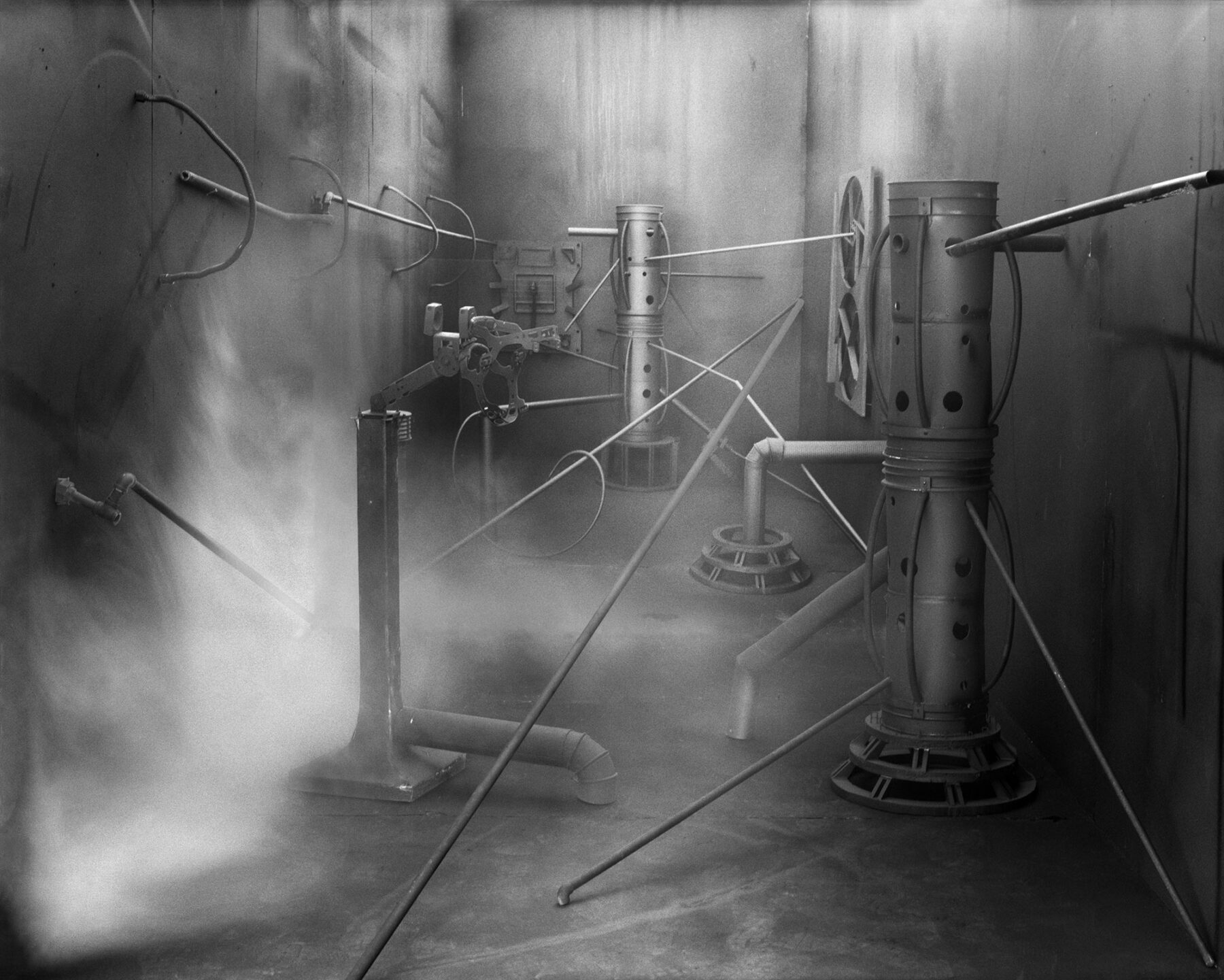

The two friends had been brainstorming for many years before the early days of the pandemic, when they began working together in earnest, Lavalette from his home in Syracuse, NY, and Burns, who was expecting a child, from her home in Houston. They began with artists with whom they had already formed good relationships (Vasantha Yogananthan, Columbian artist Cristina Velásquez, LA-based artist David Alekhuogie, trans-media artist Poulomi Basu), promoting their work to institutional curators and individual collectors, getting them book deals, even writing grants. A number of artists wanted to branch out into NFTs. “So we said, ‘Let’s explore this together,’ and we did a deep dive into the blockchain,” says Lavalette, who recently bought a house in Houston. The duo liked what they saw. “You can see when a work was minted, who it was sold to, and for what price. Provenance is entirely transparent,” he adds. “In an NFT collection, anyone in the world can see the piece itself. Collecting can be a form of curating.”
They launched Alejandro Cartagena’s The 50 Carpoolers series on the NFT marketplace Foundation in July 2021 – a time that Burns, who was now a mother with a newborn, remembers with disbelief. Within one week, every last work sold. “That was an ‘aha’ moment,” she says. Other realizations: a fine-art gallery can also be a tech startup; artists can make money on the secondary market directly; and perhaps the most important: longevity is possible in this new market if, and only if, there is investment in community.
“It is so important that people know that we are not doing this in a silo separate from the art world,” says Burns. “All of this will be shouting into the void if we don’t create community.” This month, the Assembly server on Discord will be promoting collections for Jackson Fine Art (Langdon Clay’s iconic cars from the 1970s), Bruce Silverstein (Frank Paulin’s gelatin silver prints), and Sasha Wolf (Barbara Bosworth’s 8×10-inch color images) – to name just a few recent NFT drops. The gallery space in Houston, meanwhile, opens Creatures of the Grind, featuring two new series by Rodrigo Valenzuela, on November 19. “They are quite large and our space isn’t super expansive,” says Lavalette. “It makes for an intimate viewing.”
Sarah Schmerler has been writing about fine art and artists since 1995. She teaches in the Critical Studies Department of the New York Academy of Art and the English Department of New York City College of Technology and can often be found hula-hooping or free-style dancing in her native Brooklyn, New York.

